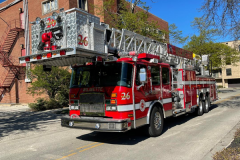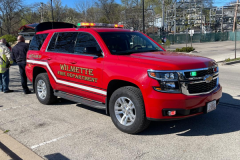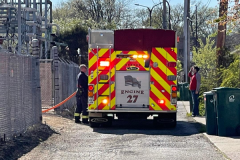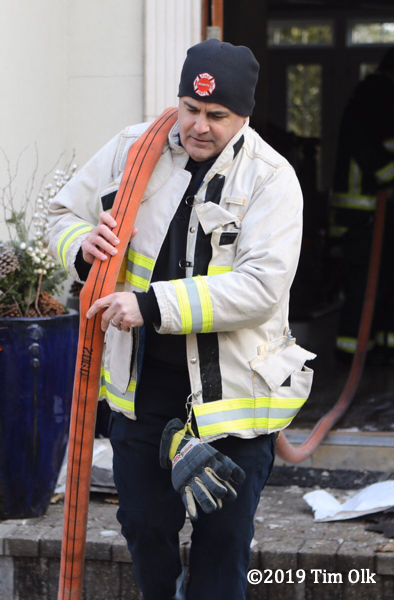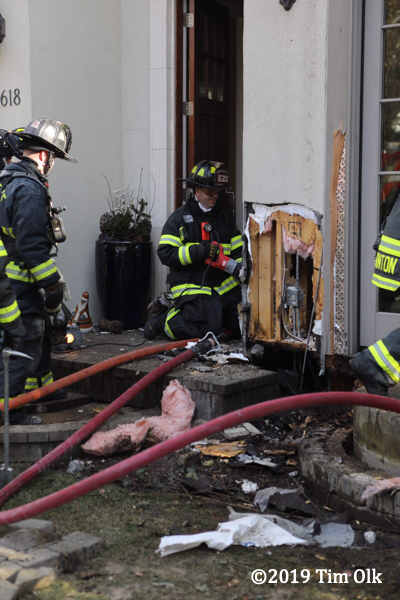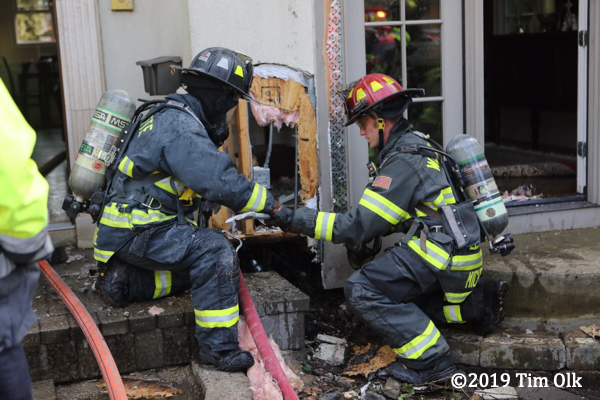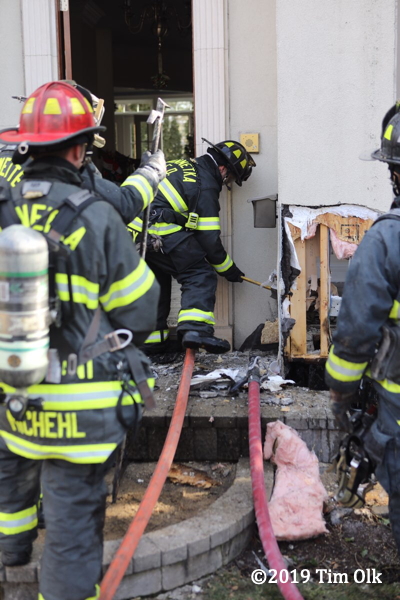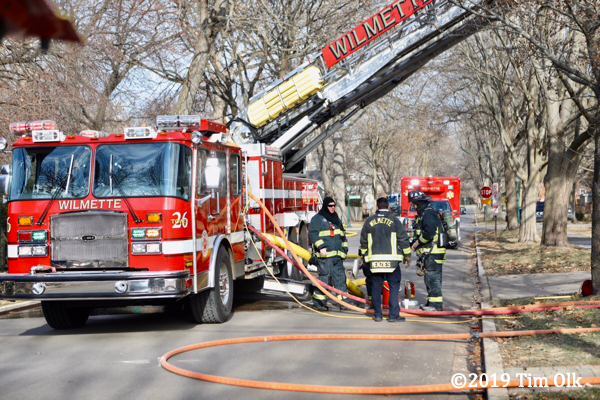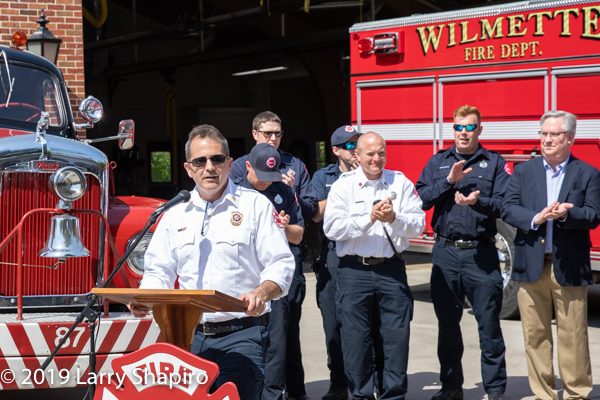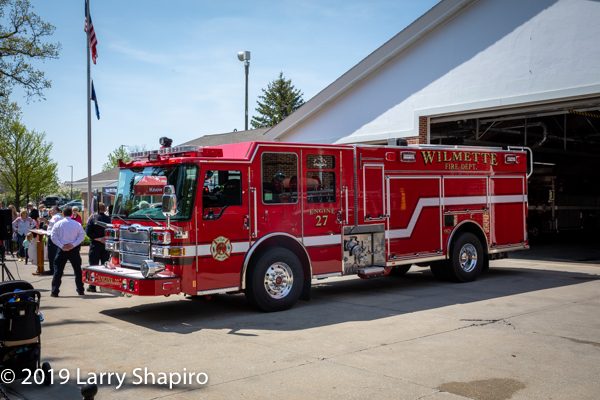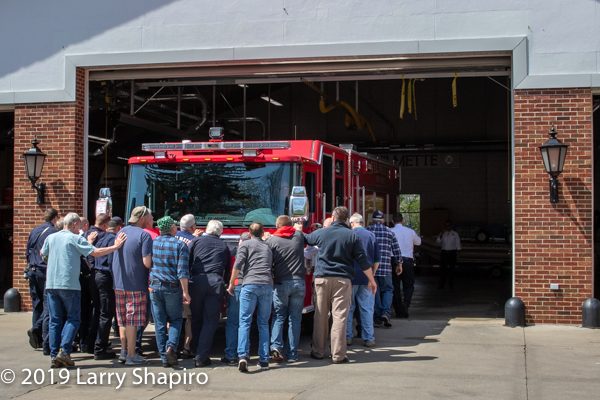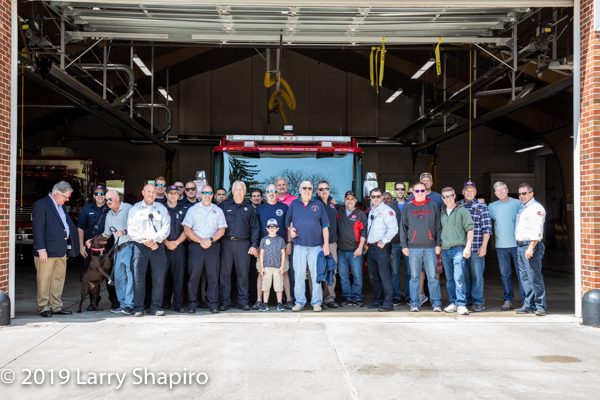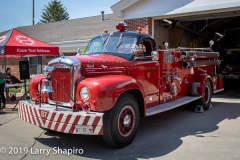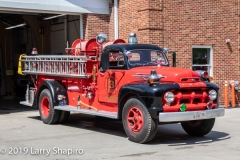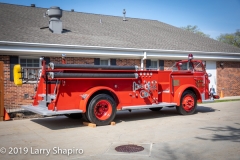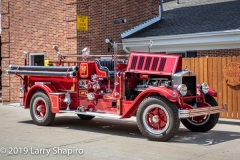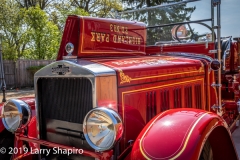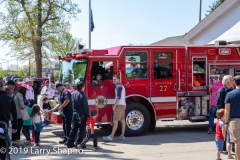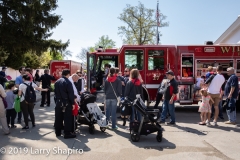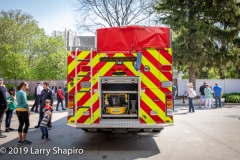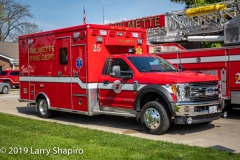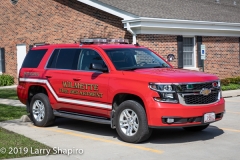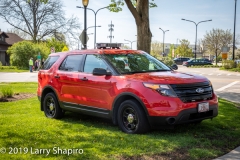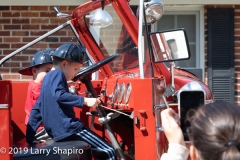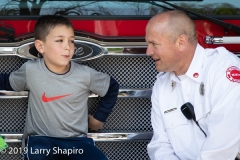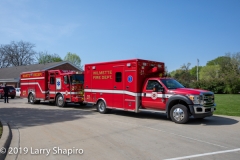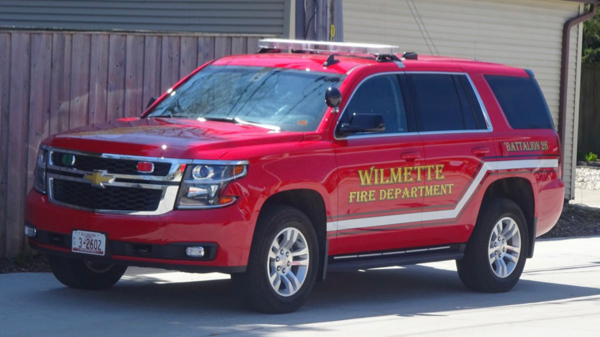Excerpts from therecordnorthshore.org:
Wilmette officials took steps to alter the village’s emergency dispatch services and save taxpayers millions of dollars over the course of a decade, as trustees unanimously approved an intergovernmental agreement that will transition fire and police 911 dispatching services to The Glenview Public Safety Dispatch Center (GPSDC).
Police dispatching services will shift on Jan. 1 while fire services will do so in the first quarter of 2026 because the village is required to provide a one-year notice to the Regional Emergency Dispatch Center, which currently handles fire dispatching.
Officials feel that the move will maintain or improve public safety services in Wilmette because GPSDC provides both police and fire dispatching.
Existing Wilmette telecommunicators reportedly will have jobs in the GPSDC if they choose.
The village’s work around a potential new police station spurred a review of its dispatching operations as officials are making decisions on which services could be included and which will not, presenting an opportune time to consider regionalization of dispatch.The shift should result in a substantial long-term savings to the Village of Wilmette and taxpayers, saving approximately $6.6 million over a 10-year period in dispatching-related costs. The switch also creates a reduction in the size and cost of the potential new police station project by approximately 1,700 square feet and up to $1.1 million.

